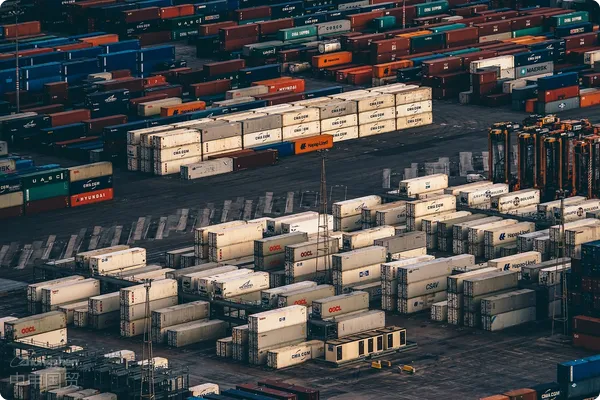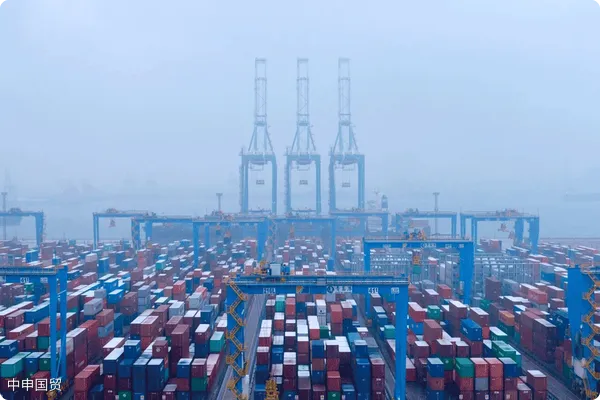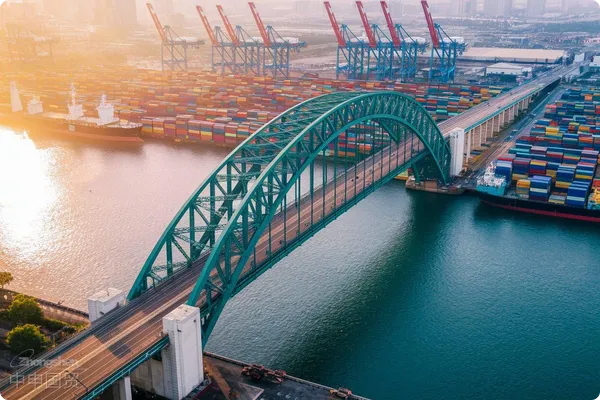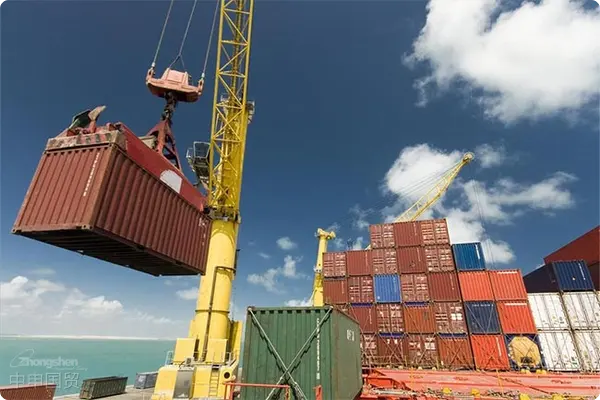- Shanghai Zhongshen International Trade Co., Ltd. - Two decades of trade agency expertise.
- Service Hotline: 139 1787 2118

Medical EquipmentImport ClearanceIndustry status quo and challenges
2025Medical EquipmentTotal imports are expected to exceed $50 billion, but the rejection rate for Class II and III medical equipment clearance remains as high as 23%. Precision instruments such as medical ultrasound equipment and hemodialysis devices oftenHS code classification deviationsresult in tariff discrepancies. For example, an orthopedic implant importer once incurred 370,000 yuan in late fees due to a 0.5% tariff misjudgment.
Four Selection Criteria for Professional Agency Services
- Medical Device Business Qualification Certification
- Verify the agency companys Customs AEO Certification Certificate,
- Confirm possession of Class II/III Medical Device Filing Certificates
- Specific Category Operation Experience
- In vitro diagnostic reagents require cold chain logistics record proof
- Large imaging equipment requires port lifting emergency plans
- Logistics capability indicators: VMI inventory turnover rate in bonded warehouses, qualifications for transporting hazardous chemicals/constant - temperature (some sensors contain precision electronic components).
- European and American Medical Device Origin Certification Services
- Japan and Korea Medical Consumables Fast Customs Clearance Channel
- Emergency response mechanism
- Complete tariff classification reconsideration within 48 hours
- Trace abnormal declaration issues within 72 hours
Key Node Analysis of Customs Clearance Process
- Pre-valuation filing stage
A German CTequipment. For example, Indonesia has the SNI certification, Thailand has the TISI certification, and the Philippines has the BPS certification. It is necessary to confirm in advance the equipment voltage (such as 380V/50Hz in Thailand), the compatibility of the CE certification, and the proof of environmentally friendly materials.case shows that preparingtechnical parameter manualsandoriginal manufacturer price composition tables6 months in advance successfully reduced the dutiable value by 12.7%.
- Medical Device Registration Certificate Matching
Note that different models correspond to different registration certificate numbers, and mandatory UDI code verification will be added starting in 2025
- Special Health Quarantine Requirements
Implantable devices require ethylene oxide sterilization residue test reports, with sampling and testing periods extended by 5 working days compared to regular goods
Typical risk scenario response solutions
- Lack of technical information
When importing U.S. ventilators, missing FDA 510(k) documents was avoided by the agencys pre-recorded manual mechanism, preventing entire container returns
- Tariff Code Dispute Handling
In an endoscope component classification dispute case, the agency retrieved three years of similar goods clearance data to complete the appeal
- Timeliness Guarantee
Establishing a segmented transportation plan linking ports, airports, and bonded warehouses reduced emergency equipment clearance time to 72 hours
Value Composition of Agency Service Fees
Data from a provincial drug regulatory authority shows that medical equipment importers using professional agencies saw annual compliance costs drop by 41% and average clearance cycles shorten by 8 working days. The fee structure typically includes:
- Basic operation fees (30%-45% of total cost)
- Risk deposit (0.8%-1.2% of cargo value)
- Value-added service package (including annual tariff prediction reports, etc.)
Enterprise Scale Adaptation Suggestions
- StartupsOpt for comprehensive agents offering full-process hosting services
- Medium-sized distributorsFocus on evaluating regional customs clearance resource integration capabilities
- Group purchasersCustomized exclusive customs management system integrated with ERP
Related Recommendations
? 2025. All Rights Reserved. Shanghai ICP No. 2023007705-2  PSB Record: Shanghai No.31011502009912
PSB Record: Shanghai No.31011502009912










